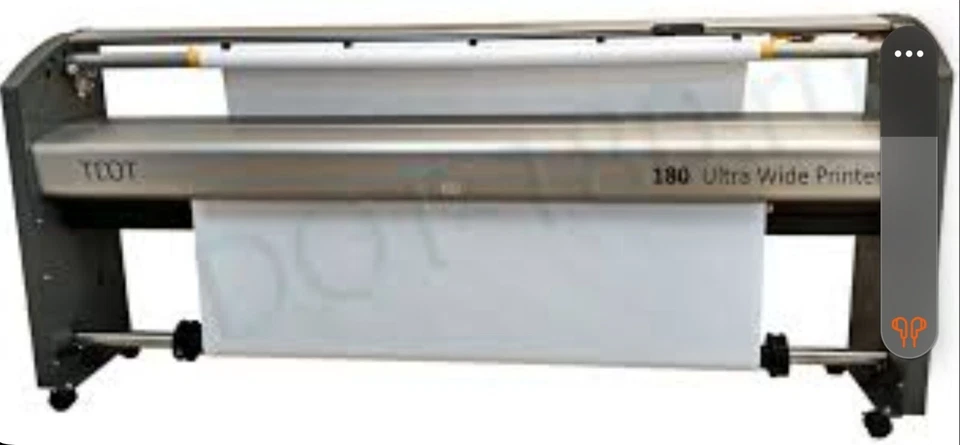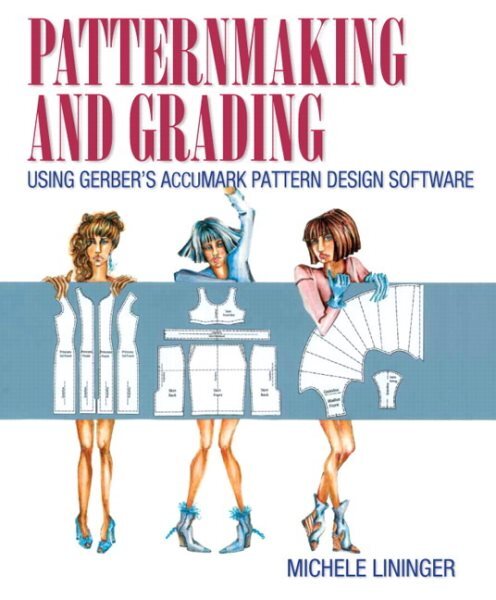Gerber AccuMark is a software solution that is widely used in the fashion and design industry for pattern making, grading, and marker making. It is a powerful tool that helps designers and manufacturers to create digital patterns, visualize fabrics, and optimize material usage.
AccuMark offers a range of features that make it an indispensable tool for fashion and design professionals. For instance, it allows designers to create patterns and designs using various tools such as digital sketching, image import, and CAD tools. The software also enables designers to grade patterns quickly and accurately, thus reducing the time required to create size ranges.
In addition, AccuMark allows designers to create markers automatically, optimizing the use of fabric and reducing wastage. This feature is particularly important for manufacturers who need to control costs and minimize production time.
Also Read:
The Proccess of Accumark Pattern and Design
Overall, Gerber AccuMark is an essential tool for any fashion and design professional looking to streamline their design and production process, reduce costs, and increase efficiency. Its powerful features make it a must-have tool for anyone working in the industry.
How do accumark work for fashion and design?
Gerber AccuMark is a software solution that is specifically designed for fashion and design professionals. It works by providing a comprehensive set of tools and features that allow designers to create digital patterns, visualize fabrics, and optimize material usage.
Here's a brief overview of how AccuMark works:
- Pattern Creation: AccuMark allows designers to create patterns using various tools such as digital sketching, image import, and CAD tools. Once a pattern is created, it can be saved in a digital format for easy storage and retrieval.
- Grading: AccuMark allows designers to grade patterns quickly and accurately. The software can automatically create size ranges, reducing the time required to create size variations.
- Marker Making: AccuMark can create markers automatically, optimizing the use of fabric and reducing wastage. This feature is particularly important for manufacturers who need to control costs and minimize production time.
- Fabric Visualization: AccuMark includes a feature called 3D simulation that allows designers to visualize how a fabric will look on a garment. This feature can help designers make informed decisions about fabric selection and pattern placement.
- Collaboration: AccuMark enables designers to collaborate with other team members and stakeholders in real-time, regardless of their location. This feature makes it easy to share designs and get feedback from others, speeding up the design process.
Overall, AccuMark is a powerful tool that helps fashion and design professionals streamline their design and production process, reduce costs, and increase efficiency.
Accumark Pattern Creation
AccuMark is a comprehensive software solution used in the fashion and design industry for pattern making, grading, and marker making. Pattern creation is one of the key features of AccuMark, and the software provides various tools and features to help designers create digital patterns quickly and accurately.
Here's a brief overview of the
pattern creation process in AccuMark:
- Input Data: The first step in pattern creation is to input data such as body measurements, fabric type, and style preferences.This data can be entered manually or imported from a pre-existing database.
- Digital Sketching: AccuMark provides tools for designers to sketch out their designs digitally. This allows for precise and accurate pattern creation and gives designers the flexibility to experiment with different designs and styles.
- Pattern Editing: Once the initial design is sketched out, the pattern can be edited and modified as needed. AccuMark provides a range of editing tools that allow designers to make changes quickly and easily.
- Grading: Grading is the process of creating different sizes for a pattern. AccuMark allows designers to grade patterns quickly and accurately, saving time and reducing errors.
- Testing: Once the pattern is created, it can be tested and adjusted as needed. AccuMark includes simulation tools that allow designers to visualize the pattern on a 3D model or mannequin, making it easier to spot any issues or areas that need improvement.
- Finalizing: Once the pattern is finalized and tested, it can be saved in a digital format and used for production. AccuMark can also generate technical specifications and other production-related documents, streamlining the production process.
Overall, AccuMark provides a range of tools and features that make pattern creation faster and more accurate. It is an essential tool for any fashion and design professional looking to create high-quality digital patterns.
Accumark Pattern Grading
Pattern grading is the process of creating different sizes for a pattern. It's a crucial step in the pattern making process, and Gerber AccuMark provides a range of tools and features that allow designers to grade patterns quickly and accurately.
Here's a brief overview of the pattern grading process in AccuMark:
- Selecting the Base Size: The first step in pattern grading is to select the base size for the pattern. The base size is typically the size that the pattern was initially created in.
- Setting the Grade Rules: AccuMark allows designers to set up grade rules for each size. Grade rules define how much to increase or decrease the pattern measurements to create each size.
- Grading: Once the grade rules are set up, the pattern can be graded automatically. AccuMark can create size ranges quickly and accurately, reducing the time required to create size variations.
- Reviewing and Adjusting: After the pattern is graded, it's essential to review the results and adjust as needed. AccuMark includes simulation tools that allow designers to visualize the pattern on a 3D model or mannequin, making it easier to spot any issues or areas that need improvement.
- Finalizing: Once the grading is finalized and tested, the pattern can be saved in a digital format and used for production. AccuMark can also generate technical specifications and other production-related documents, streamlining the production process.
Overall, AccuMark provides a range of powerful tools and features that make pattern grading faster and more accurate. It's an essential tool for any fashion and design professional looking to create high-quality digital patterns in different sizes.
Marker Making
Marker making is the process of laying out pattern pieces on a large sheet of fabric in order to optimize fabric usage and minimize waste. Gerber AccuMark provides a range of tools and features that allow designers to create markers quickly and accurately.
Here's a brief overview of the marker making process in AccuMark:
- Pattern Preparation: The first step in marker making is to prepare the pattern pieces. AccuMark allows designers to import patterns created in the software or from other sources.
- Marker Planning: Once the patterns are imported, AccuMark allows designers to plan the marker layout. The software provides tools to manually or automatically arrange the pattern pieces on a virtual fabric sheet, taking into account factors such as fabric width, pattern size, and shape.
- Marker Making: Once the marker layout is planned, AccuMark can automatically create the marker. The software optimizes the layout of the pattern pieces to minimize fabric waste and ensure that each piece is placed on the fabric in the most efficient way possible.
- Reviewing and Adjusting: After the marker is created, it's essential to review the results and make adjustments as needed. AccuMark includes simulation tools that allow designers to visualize the marker on a 3D model or mannequin, making it easier to spot any issues or areas that need improvement.
- Finalizing: Once the marker is finalized and tested, it can be saved in a digital format and used for production. AccuMark can also generate technical specifications and other production-related documents, streamlining the production process.
Overall, AccuMark provides a range of powerful tools and features that make marker making faster and more accurate. It's an essential tool for any fashion and design professional looking to optimize fabric usage and reduce waste in the production process.









